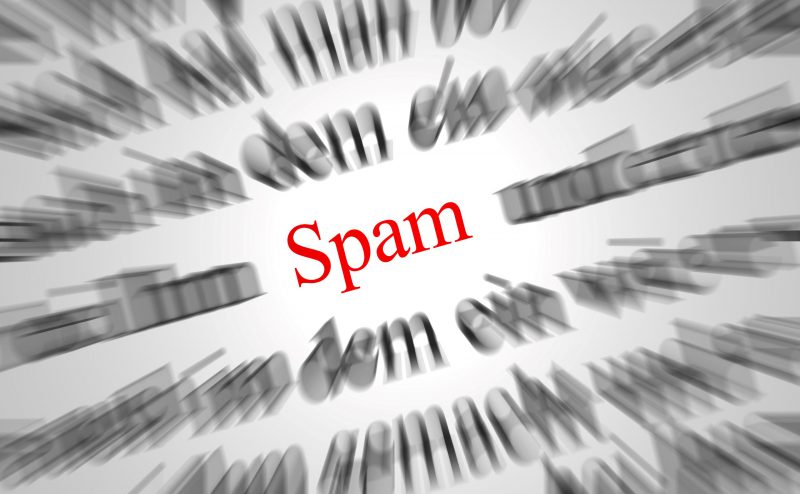Blasts From the Past
Email broadcasts have evolved as the gentler version of what used to be email blasts. Today it involves sophistication. Legitimate businesses know it is a wasted effort to send an email where it isn’t wanted. Email recipients know a scam or spam when they see it.
As a marketing tool, email’s popularity wavered in the recent decade. Anyone in the business world before that can remember email “blasts,” once considered essential to marketing.
Also known as mass emails, the formula was simple. An email was drafted announcing a promotion and sent to every address on the company list. Or they contracted an online marketing company to do it for them – sometimes with a list of email addresses for sale.

YOUR RESERVATION CONFIRMATION!!!
The advent of social media made email blasts seem sleazy. On the positive side, it improved email filtering technology. Phishing, spoofing, and worms are still marching out via email en masse but suffering heavy losses in the battle to win your personal information.

Your Email Broadcast is a Hit!
Email broadcasts have their standards for success. The subject line must entice the recipient to read the copy. If they click the links or call-to-action (CTA), the email broadcast is a hit.
Although the number of words in an email is few, the number of marketing suggestions for effective email broadcasts is endless.
Here is a list of five tips for effective subject lines:
- Short and precise
- Do not use “Sale” or “Offer”
- Be Positive and make the reader happy
- Give an excellent tease to the email content
- Numbers and question marks attract attention
Tips from Influencer Marketing Hub
- Build your own contact list
- Never use a “No-reply” in the sender’s address
- Include a call-to-action (CTA)
- Personalize the email with a salutation and name
- Send a test email to yourself first
Tips for landing your email in a spam folder:
- Use a misleading subject line
- Send it to someone who is not expecting it
- Do not check your grammar or spelling
- Hide the “Unsubscribe” link (a GDPR violation)
- Use inaccurate “From” information
It’s Who You Know
Drip email campaigns are pre-written, time-based email broadcasts delivered in sequence. They originate from sales or previous communication with the company. Its effectiveness lies in trust by the customer. They also save time because they distribute automatically.
Nurture campaigns require knowledge about your target audience, such as what links they have clicked or products searched. These actions trigger emails based on those searches, nurturing their interest in that product or service. A sound CRM system assists with a nurture campaign by knowing your customer’s behaviors.
Patient and Secure
Email broadcast strategies depend on the purpose.
Data from GetResponse says marketers who send one email per week see the best results and that the “open rates” decrease with the frequency of emails. If you send emails to users who do not want them and mark them as spam, ISPs may label all emails as spam, including those for recipients who want them.
Authenticate emails with Sender Policy Framework (SPF) or DomainKeys Identified Mail (DKIM). It proves you are not a spoofer or a fake.
In conclusion, do not purchase or share email lists. There is a chance one of the addresses is a honeypot or “spamtrap,” which exists to lure spam. Since the owner of this email address solicits no email, any emails sent to it identify as spam.
No one wants to be known as a spammer.
